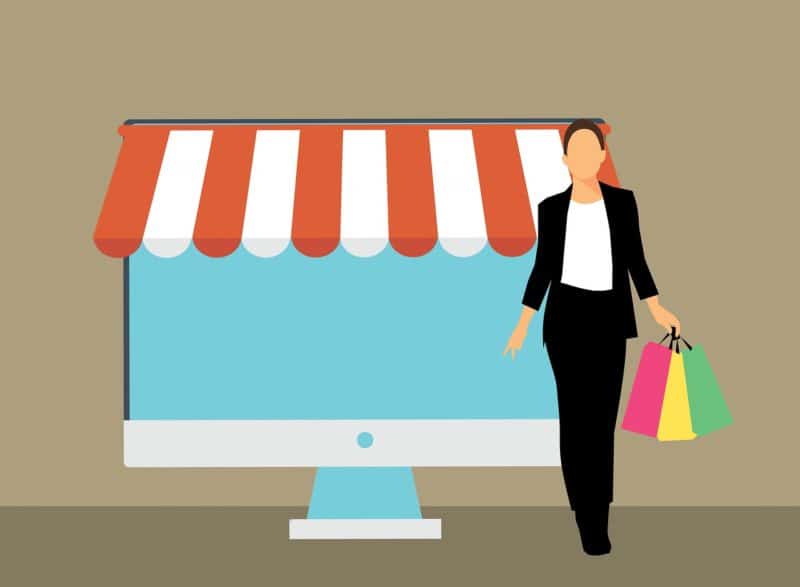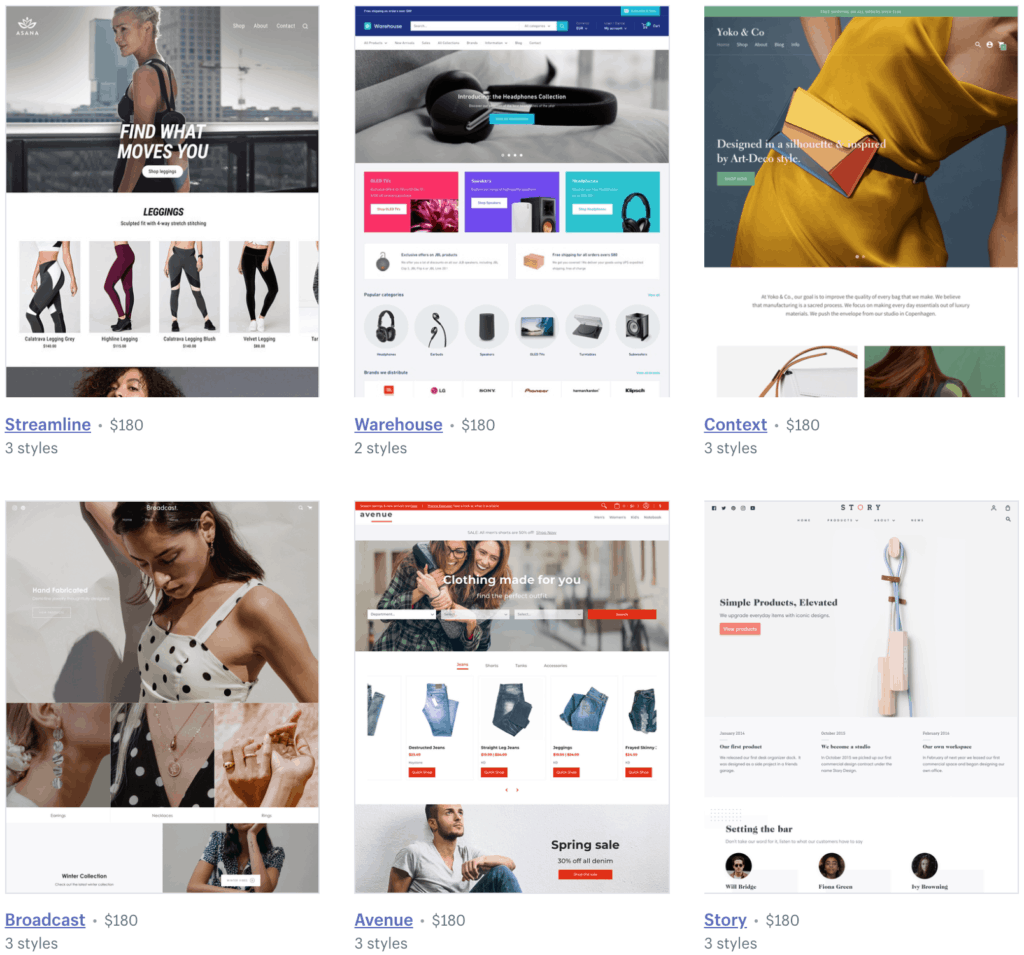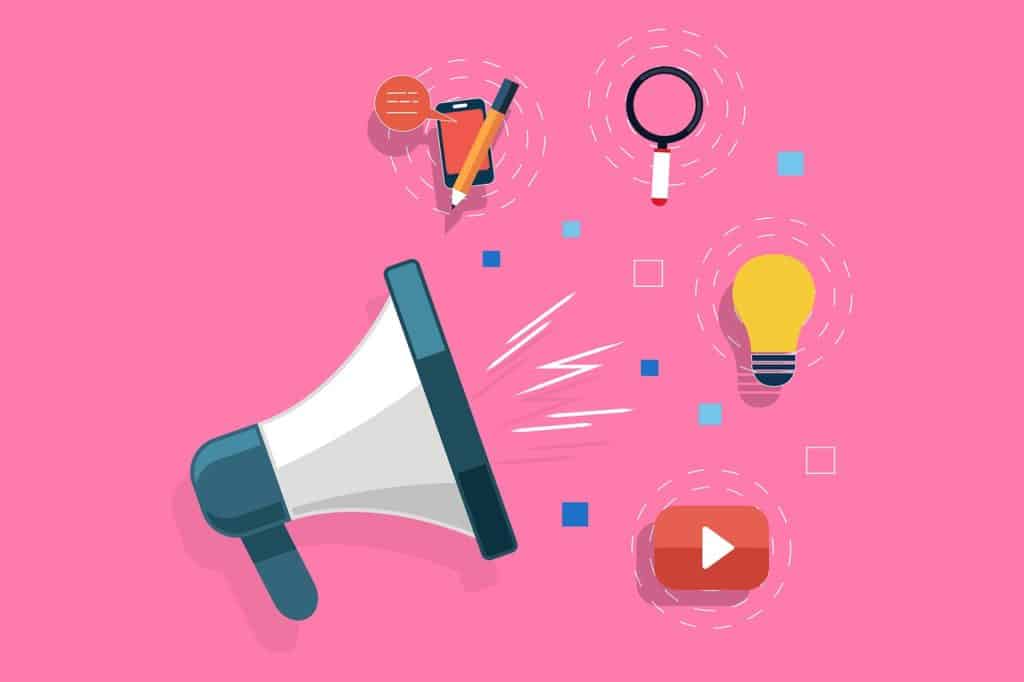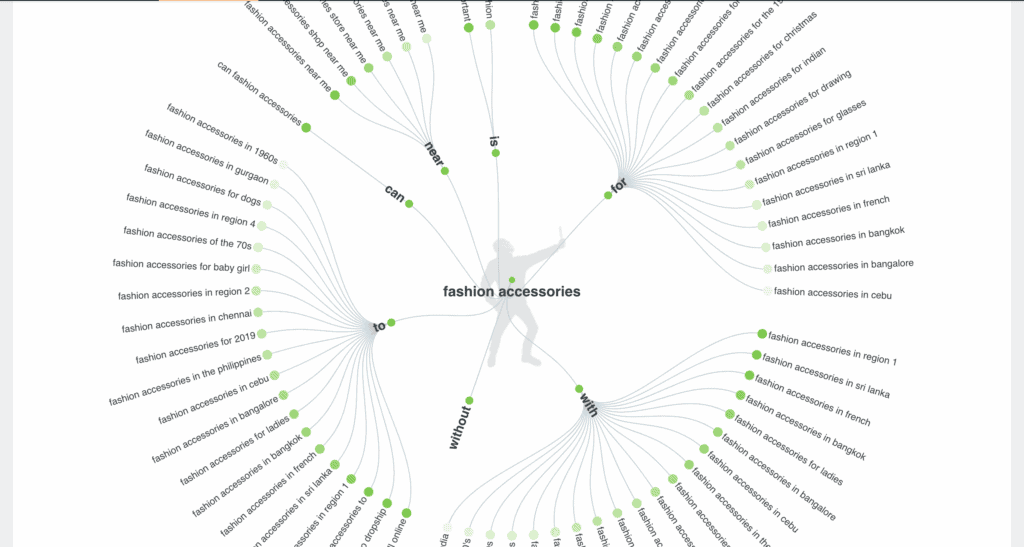E-commerce is on the rise in Asia and elsewhere in the world, with significant profits available for those that get it right.
This makes it very tempting to get involved, but the costs of starting up a business can put a lot off people of.
Hosting, developments, marketing and communication require a budget and that can be an obstacle for some of you who would like to start a new business.
The good news is that an e-commerce store can be started on a surprisingly low budget but the question is, how to achieve that?
Build your store thanks to the website builders
Recent years have seen the emergence of DIY web-builders that require next to no technical knowledge to create your website.
Companies like Magento, Shopify or WordPress are can help entrepreneurs to have a simple store for a low budget thanks to extensions and ready-to-use features.
Of course, the more tailored your platforms need to be, the more budget you will need to have, but these softwares are interesting to get started and start selling.
For instance, Shopify comes with a collection of pre-built themes that you can choose from and then modify but that’s the same principle for any web-builder.
The system is designed with ease of use in mind, and just about anybody can pick it up quickly. The theme will cost between 150 and 300 USD for an e-commerce website, between 25 and 100 USD for the regular platform, according to the web-builder you select.
Note that, some of these companies propose jam-packed full of features that will help you to run a store and include the following services in their packages:
- Web-hosting
- Marketing tools
- Reports
- Accounting
- Built-in checkouts
Other like WordPress can directly be installed on your own server. You will have more flexibility in terms of customization of your platform but it will require more efforts to do so, and more budget.
Dropshipping, the cheapest option to get started with your own platform
One of the more significant costs when opening an online store is buying in stock but also to look after the whole logistic and delivery process.
That can quickly become a nightmare if you’re not familiar with these processes and the cost can be reluctant for some.
New entrepreneurs will, therefore, have many questions in mind, like
- How much does it cost to buy products and where can I get them?
- What about delivery and the after-sale service?
- Where will I store the products?
- What if I don’t sell them?
Well, the good news is that with drop-shipping, these answers above, and more, are answered.
In short, dropshipping is an agreement between you and a supplier that they will deliver products directly to your customer on your behalf.
This means that you don’t pay the supplier anything until you make a sale yourself, eliminating the financial burden.
You are also relieved of the burden of storing the stock because it goes directly to the buyer and the good news is that online store platforms like Shopify propose integrated dropshipping solutions, which makes the process of launching a store even easier.
It gets even better because it is not even necessary for you to go through the time and effort of contacting suppliers and working out deals, thanks to online marketplaces.
Marketing, use in-built features and relevant techniques to drive traffic
With your store up and running, it is now time to start making sales, and this means attracting customers.
One good thing about having an online business is that marketing can be achieved on a budget.
A lot of what needs to be done can be learned from the Internet, and you will find countless guides to help you, whatever the channel you want to use to drive people to your website like Paid Advertising, Organic Searches, Social Media…
Paid Ads
Paid Ads can be interesting to drive visitors to your website on a short-run as it can be quite pricey overtime, if you let your ads running for months for instance.
While Facebook Ads is quite affordable, Google Adwords is a bit more expensive.
The good side is that they are highly targeted, giving you excellent ROI if you’re able to convert well and that you are also not tied into costly contracts should a particular ad not be working.
There are various types of Paid Ads that guide from Hubspot and will give you the keys you need to get started, in case you’re looking for more information about that topic.
Organic Searches
Whenever somebody searches for something in Google and find your website, we name it “organic search”.
Having your pages high in Google for keywords related to your industry is free and professionals call that strategy “SEO”, for Search Engine Optimisations.
While most of the website builders come with free SEO features, you might want to make sure that the following practices are set-up so that Google will better score your pages and rank them accordingly in search results:
- Title Tags: Make sure they are below 60 characters and that they include the keywords the page is relevant for. Having transactional (i.e. “Shop”, “Buy”) and geolocalised terms (i.e. “Singapore”) will also help to target relevant potential buyers.
- Internal Linking: Internal linking means having links on your store’s pages to other pages in your store. This helps the search engines to scan your websites, letting them know the topic of the pages. The “Anchor Text” (the piece of text search engines can click) is supposed to contain a keyword that will help them to rank higher in search results
- External Linking: A backlink is a link to your site that is located on another site. This tells Google that people are talking about your store and that it should be listed higher in search results. This can be achieved by collaboration with local websites or through partnerships (i.e. newspapers, relevant blogs).
There are tons of good practices for SEO like having good response times, implement structured data, work on the site’s structure not to have products accessible after 5 clicks and the beginner guide from Moz is a great read to know more about these tricks.
Blogging & Content Marketing
Content marketing is a marketing technique that involves creating fascinating content that indirectly promotes your business. For example, a fashion store could create content on tips on accessorising.
It is a method that can help people associate with your brand as well as driving sales directly.
Moreover, it will help you to improve your SEO strategy since you will create new pages that will target new keywords and new internal links between your pages.
To start doing so, Answer The Public is a great tool to have more insights about what people are searching in Google, as questions. It should help you to create a content roadmap.
Social Media & KOL
Social media presents incredible opportunities for sharing and communicating. It provides a direct line of communication with your target market and they can be used to:
- Strengthen ties to your brand.
- Act as a customer service channel.
- Let your customers know about events and promotions.
- Increase your brand’s visibility.
One of the main strategies used by brands to develop their communities is to establish partnerships with Influencers or KOL (Key Opinion Leaders).
They are people that others in a field look up to and listen to and the goal is to send some of your products to a KOL in your field to get a big boost if they endorse it.
These partnerships are generally paid but there might be some rooms to find good deals if you target small and medium ones, to start.
Developing an online business is not easy. It requires efforts and commitments but there are some rooms to create a new one, on a budget.
However, it will require more involvements from your team to get started. Ready to start a new journey?








